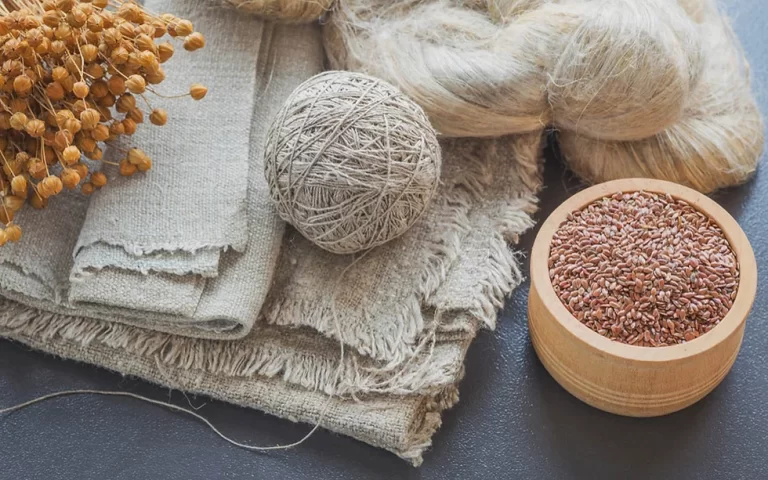
In the ever-evolving fashion industry, sourcing high-quality apparel at competitive prices is essential for businesses aiming to maintain profitability and a strong market presence. A wholesale clothing factory serves as a cornerstone for retailers, private labels, and e-commerce entrepreneurs seeking a consistent and cost-effective supply chain. Understanding where and how to source quality apparel can make a significant difference in a brand’s success.
Understanding Wholesale Clothing Factories
A wholesale clothing factory specializes in producing garments in bulk quantities, often catering to retailers and brands that require large orders at reduced per-unit costs. These factories range from small-scale manufacturers to large-scale production houses with advanced technology and infrastructure. They offer various services, including fabric sourcing, garment cutting, stitching, printing, embroidery, and finishing.
Benefits of Partnering with a Wholesale Clothing Factory
- Cost Efficiency: Bulk production significantly reduces the cost per unit, making it easier for businesses to maintain competitive pricing.
- Customization Options: Many factories offer private labeling, custom designs, and branding to help businesses establish a unique identity.
- Scalability: With access to large-scale production, brands can easily scale up their operations as demand grows.
- Quality Assurance: Reputable factories maintain strict quality control measures, ensuring consistency in product standards.
- Sustainability Initiatives: Many modern factories adopt eco-friendly practices, such as using sustainable fabrics, minimizing waste, and adhering to ethical labor practices.
How to Choose the Right Wholesale Clothing Factory
Selecting the right wholesale clothing factory involves careful evaluation of several factors to ensure a reliable and long-term partnership.
1. Define Your Requirements
Before reaching out to suppliers, determine the specific types of apparel you need, preferred fabrics, production volume, and customization options. Having clear specifications will streamline the sourcing process.
2. Research and Shortlist Potential Suppliers
Use online directories, trade shows, and industry referrals to identify reputable factories. Websites like Alibaba, Global Sources, and ThomasNet provide extensive databases of manufacturers worldwide.
3. Assess Quality Standards
Request product samples to evaluate fabric quality, stitching, and finishing. Verify whether the factory complies with international standards such as ISO, OEKO-TEX, or WRAP certification.
4. Evaluate Production Capacity and Lead Times
Ensure the factory can meet your order volume within required deadlines. Delays in production can impact business operations and sales cycles.
5. Review Pricing and Payment Terms
Compare pricing among different factories while considering material quality, craftsmanship, and additional services. Negotiate favorable payment terms to manage cash flow effectively.
6. Check for Ethical and Sustainable Practices
Partnering with factories that adhere to ethical labor standards and environmentally responsible manufacturing practices enhances brand reputation and customer trust.
Top Global Destinations for Wholesale Clothing Factories
1. China
China remains a dominant player in the apparel manufacturing industry, offering vast options for wholesale clothing factory sourcing. Key manufacturing hubs include Guangzhou, Shenzhen, and Zhejiang, known for their diverse production capabilities and competitive pricing.
2. Bangladesh
Bangladesh is renowned for its large-scale garment production, particularly for fast fashion and budget-friendly apparel. The country’s low labor costs make it an attractive destination for bulk manufacturing.
3. India
With a rich textile heritage, India excels in producing high-quality fabrics, organic cotton apparel, and intricate embroidery. Mumbai, Tirupur, and Jaipur are key manufacturing centers.
4. Vietnam
Vietnam offers a balance of affordability and high-quality craftsmanship. The country is known for its expertise in sportswear, outerwear, and eco-friendly apparel manufacturing.
5. Turkey
Turkey provides a strategic advantage due to its proximity to Europe and high standards in textile production. The country is ideal for brands requiring quick turnaround times and premium quality clothing.
Navigating Challenges in Wholesale Clothing Sourcing
1. Quality Control Issues
Ensuring consistent product quality can be challenging. Conducting regular inspections and working with third-party quality control agencies helps mitigate risks.
2. Minimum Order Quantities (MOQs)
Many factories require high MOQs, which can be a barrier for small businesses. Finding manufacturers that accommodate smaller orders is essential for startups and boutique brands.
3. Communication Barriers
Language differences and time zone variations can lead to miscommunications. Utilizing professional sourcing agents or hiring bilingual staff can help bridge the gap.
4. Logistics and Shipping Costs
Understanding shipping costs, import duties, and delivery timelines is crucial for optimizing supply chain efficiency. Partnering with experienced freight forwarders can streamline logistics.
5. Ethical and Compliance Concerns
Ensuring that factories adhere to fair labor practices and environmental regulations is critical. Conducting factory audits and reviewing compliance certifications can provide peace of mind.
Sourcing apparel from a wholesale clothing factory presents numerous advantages, from cost savings to quality assurance. However, selecting the right manufacturing partner requires thorough research, strategic planning, and ongoing quality management. By focusing on reputable suppliers, ethical practices, and efficient logistics, businesses can establish a sustainable and profitable supply chain in the fashion industry.





